Description
Sodium Dibutyl Dithiophosphate: The Unsung Hero of Mining and Beyond
In the world of industrial chemicals, there are many compounds that quietly perform crucial roles in various processes. One such compound is Sodium Dibutyl Dithiophosphate, often abbreviated as SDDP. While it might not be a household name, this chemical plays a significant part in optimizing mineral extraction, lubricating machines, and even finding uses in specialized chemical synthesis. So, what is Sodium Dibutyl Dithiophosphate, and why does it matter?
A Deep Dive into the Chemistry
Sodium Dibutyl Dithiophosphate is an organosulfur salt, meaning it contains carbon, sulfur, and a metal (sodium) in its chemical structure. Structurally, it consists of a sodium ion (Na+) bonded to a dibutyl dithiophosphate anion. This anion features two butyl groups (chains of four carbon atoms each) linked to a phosphorus atom which is also connected to two sulfur atoms. The combination of this specific arrangement gives SDDP its unique properties.
The King of Flotation: Mining Applications
The most prominent application of Sodium Dibutyl Dithiophosphate is in the mining industry, specifically in the process of froth flotation. This widely used technique separates valuable minerals from unwanted gangue (waste rock) based on differences in their surface properties. Here’s where SDDP shines:
Collector: SDDP primarily acts as a collector in froth flotation. It’s a surface-active agent that selectively adsorbs onto the surface of metal-bearing minerals. The sulfur atoms in SDDP have a strong affinity for metal ions, making it highly effective at attaching to minerals like copper, lead, zinc, and precious metals.
Hydrophobicity: Once SDDP is adsorbed, it renders the mineral particle hydrophobic (water-repelling). This is crucial because as air is bubbled through the mineral slurry, the hydrophobic mineral particles attach to the air bubbles and float to the surface, forming a froth that can be skimmed off, leaving the hydrophilic gangue behind.
Efficiency & Selectivity: SDDP is often preferred as a collector due to its high effectiveness and relatively good selectivity towards target minerals. This means that it can efficiently separate valuable materials while minimizing the recovery of undesirable substances.
Beyond the Mine: Diversified Uses
While mining is the most significant application, Sodium Dibutyl Dithiophosphate has other uses:
Lubricant Additives: SDDP can be used as an additive in lubricating oils and greases. It acts as an extreme pressure (EP) agent and an anti-wear agent, helping to reduce friction and wear between moving parts, especially in high-stress conditions. The sulfur atoms in SDDP form a protective layer on metal surfaces, preventing direct contact and minimizing damage.
Chemical Intermediate: SDDP can serve as an intermediate in the synthesis of other chemicals, particularly in the production of certain agricultural products or other kinds of industrial agents.
Other Specialized Applications: SDDP is also researched for potential applications in areas such as metal complex chemistry, sensors, and as a component in certain formulations.
Safety and Handling
Like many industrial chemicals, SDDP requires responsible handling. It is typically supplied as a granular product or as a solution in a suitable medium. Although considered relatively safe when handled properly, it’s important to observe the following precautions:
Personal Protective Equipment (PPE): Wear appropriate PPE such as gloves, eye protection, and respirators during handling to minimize skin or eye contact and inhalation hazards.
Ventilation: Use in well-ventilated areas to prevent inhalation of vapors or dust.
Storage: Store in a cool, dry place away from incompatible materials.
Follow SDS Guidelines: Always refer to the Safety Data Sheet (SDS) for specific safety information and handling procedures.
The Future Outlook
Sodium Dibutyl Dithiophosphate will likely remain a critical industrial chemical for the foreseeable future. As demand for metals continues to grow, efficient mining practices are essential, and SDDP will continue to play a key role in optimizing mineral extraction processes. Furthermore, its potential use in new materials and technologies might well lead to fresh applications down the road.
Conclusion
Sodium Dibutyl Dithiophosphate might not be a household name, but its crucial role as a collector in mineral flotation, as well as its other applications, makes it an essential component of modern industrial processes. It is a prime example of how specialized chemicals, often working behind the scenes, can have a dramatic impact on our world. By understanding the properties and applications of compounds like SDDP, we can continue to make progress in resource extraction and materials development.

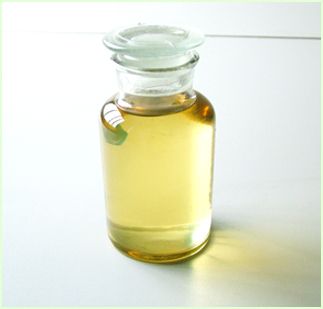
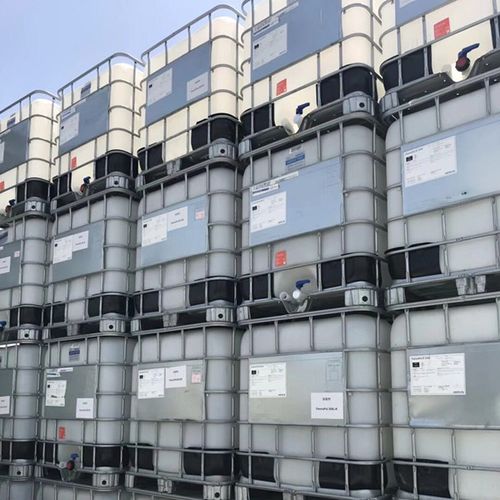



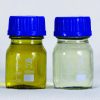
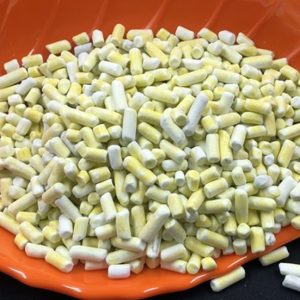

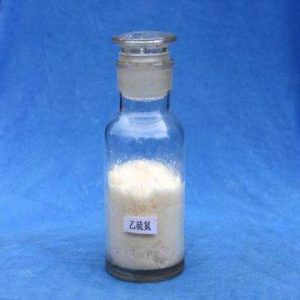
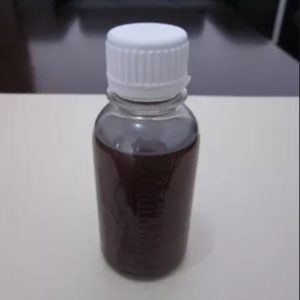

Reviews
There are no reviews yet.